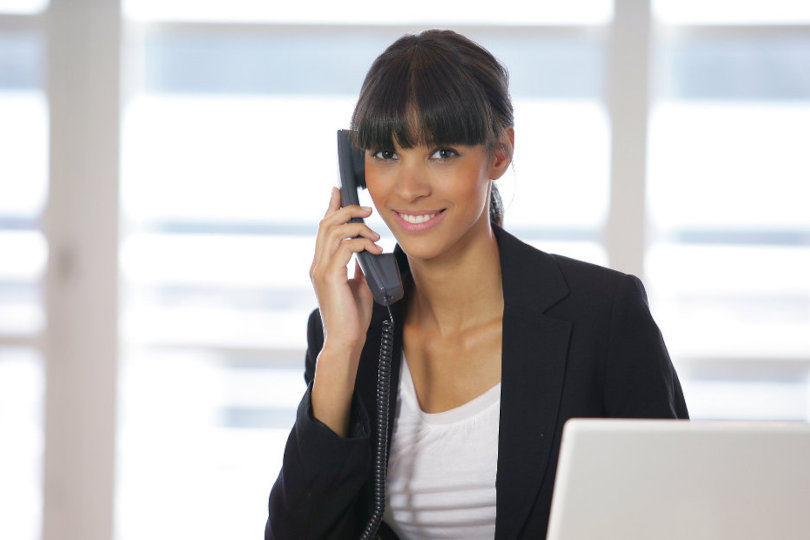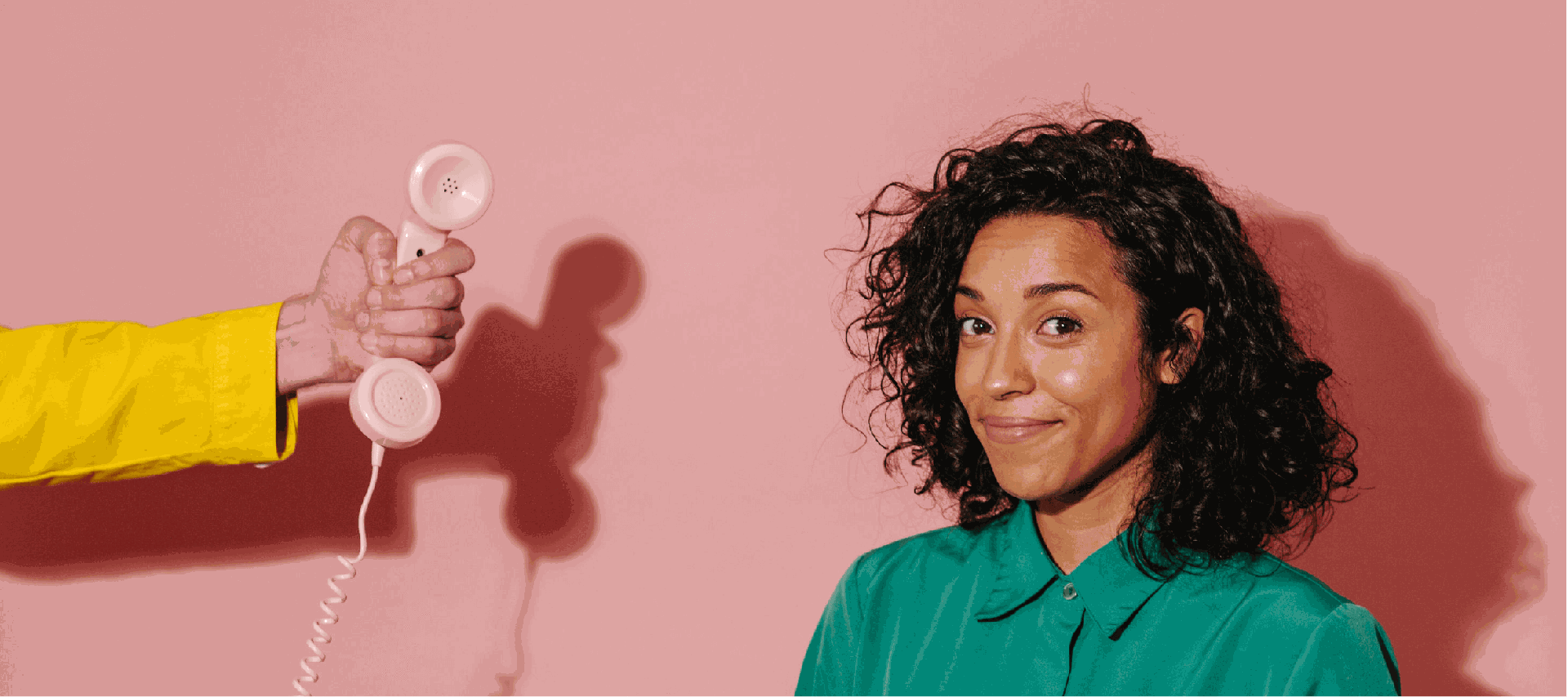All Categories
Featured
Table of Contents
- – Top 17 Reasons Why You Need A Telephone Answeri...
- – Best 6 Statistics That Prove Your Business Nee...
- – Who Is The Best What The Heck Is An Answering ...
- – Who Has The Best 9 Best Answering Service Pro...
- – What Is The Best The Complete Guide To Phone ...
- – What Is The Best Automated Business Phone An...
Top 17 Reasons Why You Need A Telephone Answering Service
This device and its successors were created by Sava Jacobson, an electrical engineer with a private consulting business. While early answering machines utilized magnetic tape technology, the majority of modern-day devices uses strong state memory storage; some devices utilize a mix of both, with a solid-state circuit for the outgoing message and a cassette for the inbound messages.
"toll conserving" below) (phone answering service). This works if the owner is evaluating calls and does not wish to speak with all callers. In any case after going, the calling party must be notified about the call having actually been answered (in many cases this begins the charging), either by some remark of the operator, or by some welcoming message of the little, or dealt with to non-human callers (e.
This holds especially for the TADs with digitally saved welcoming messages or for earlier makers (before the increase of microcassettes) with a special unlimited loop tape, different from a 2nd cassette, committed to recording. There have been answer-only gadgets without any recording capabilities, where the greeting message needed to inform callers of a state of existing unattainability, or e (phone answering).
Best 6 Statistics That Prove Your Business Needs A Phone ... - Blog Dealer Near Me

about accessibility hours. In recording TADs the greeting normally contains an invitation to leave a message "after the beep". A voice mail that utilizes a microcassette to tape-record messages On a dual-cassette answerphone, there is an outgoing cassette, which after the specified number of rings plays a pre-recorded message to the caller.

Single-cassette answering machines consist of the outgoing message at the beginning of the tape and incoming messages on the remaining area. They first play the statement, then fast-forward to the next offered space for recording, then tape the caller's message. If there are numerous previous messages, fast-forwarding through them can trigger a significant hold-up.
This beep is typically described in the welcoming message, requesting that the caller leave a message "after the beep". Littles with digital storage for the taped messages do not reveal this delay, naturally. A little may offer a push-button control center, whereby the answerphone owner can call the house number and, by entering a code on the remote telephone's keypad, can listen to tape-recorded messages, or erase them, even when far from house.
Who Is The Best What The Heck Is An Answering Service? Company?
Consequently the maker increases the number of rings after which it answers the call (typically by 2, leading to four rings), if no unread messages are currently kept, however answers after the set number of rings (normally two) if there are unread messages. This allows the owner to learn whether there are messages waiting; if there are none, the owner can hang up the phone on the, e.
Some devices likewise enable themselves to be remotely triggered, if they have been switched off, by calling and letting the phone ring a certain big number of times (normally 10-15). Some provider abandon calls already after a smaller sized number of rings, making remote activation difficult. In the early days of Little bits a special transmitter for DTMF tones (dual-tone multi-frequency signalling) was regionally needed for push-button control, given that the formerly used pulse dialling is not apt to communicate appropriate signalling along an active connection, and the dual-tone multi-frequency signalling was implemented step-by-step.
Any inbound call is not identifiable with respect to these homes in advance of going "off hook" by the terminal equipment. So after going off hook the calls must be changed to appropriate devices and only the voice-type is instantly available to a human, but maybe, nevertheless need to be routed to a LITTLE BIT (e.
Who Has The Best 9 Best Answering Service Providers For 2023 [Reviewed]?
What if I told you that you do not have to actually get your gadget when responding to a client call? Somebody else will. So practical, best? Answering call does not need someone to be on the other end of the line. Efficient automated phone systems can do the trick simply as effectively as a live representative and often even better.
An automated answering service or interactive voice response system is a phone system that interacts with callers without a live person on the line - telephone answering service. When companies utilize this technology, consumers can get the response to a concern about your company merely by utilizing interactions established on a pre-programmed call circulation.
Although live operators update the customer support experience, numerous calls do not require human interaction. An easy recorded message or directions on how a client can retrieve a piece of details usually solves a caller's immediate requirement - virtual telephone answering. Automated answering services are an easy and effective method to direct inbound calls to the ideal person.
What Is The Best The Complete Guide To Phone Answering Services Deal Out There
Notification that when you call a company, either for support or item inquiry, the first thing you will hear is a pre-recorded voice greeting and a series of options like press 1 for client service, press 2 for queries, and so on. The pre-recorded alternatives branch out to other options depending upon the client's selection.
The phone tree system helps direct callers to the best person or department utilizing the keypad on a cellphone. In some instances, callers can utilize their voices. It deserves keeping in mind that auto-attendant alternatives aren't restricted to the 10 numbers on a phone's keypad. As soon as the caller has selected their first option, you can design a multi-level auto-attendant that utilizes sub-menus to direct the caller to the right sort of support.
The caller does not need to communicate with a person if the auto-attendant phone system can manage their issue. The automatic service can route callers to a staff member if they reach a "dead end" and need assistance from a live agent. It is pricey to hire an operator or executive assistant.
What Is The Best Automated Business Phone Answering System On The Market
Automated answering services, on the other hand, are considerably cheaper and provide significant expense savings at an average of $200-$420/month. Even if you don't have committed personnel to handle call routing and management, an automatic answering service enhances efficiency by allowing your team to focus on their strengths so they can more efficiently invest their time on the phone.
A sales lead routed to customer care is a lost shot. If a client who has product concerns reaches the incorrect department or gets incomplete responses from well-meaning workers who are less trained to manage a specific type of concern, it can be a cause of disappointment and frustration. An automatic answering system can minimize the variety of misrouted calls, therefore helping your employees make better usage of their phone time while maximizing time in their calendar for other jobs.
With Automated Answering Systems, you can produce an individualized experience for both your personnel and your callers. Make a recording of your primary welcoming, and merely upgrade it regularly to reflect what is going on in your organization. You can produce as lots of departments or menu choices as you desire.
Table of Contents
- – Top 17 Reasons Why You Need A Telephone Answeri...
- – Best 6 Statistics That Prove Your Business Nee...
- – Who Is The Best What The Heck Is An Answering ...
- – Who Has The Best 9 Best Answering Service Pro...
- – What Is The Best The Complete Guide To Phone ...
- – What Is The Best Automated Business Phone An...
Latest Posts
Efficient Virtual Assistant Phone Answering – Sydney
Honest Live Answering Service ( Australia)
After Hours Answering Service – Launceston 7250
More
Latest Posts
Efficient Virtual Assistant Phone Answering – Sydney
Honest Live Answering Service ( Australia)
After Hours Answering Service – Launceston 7250